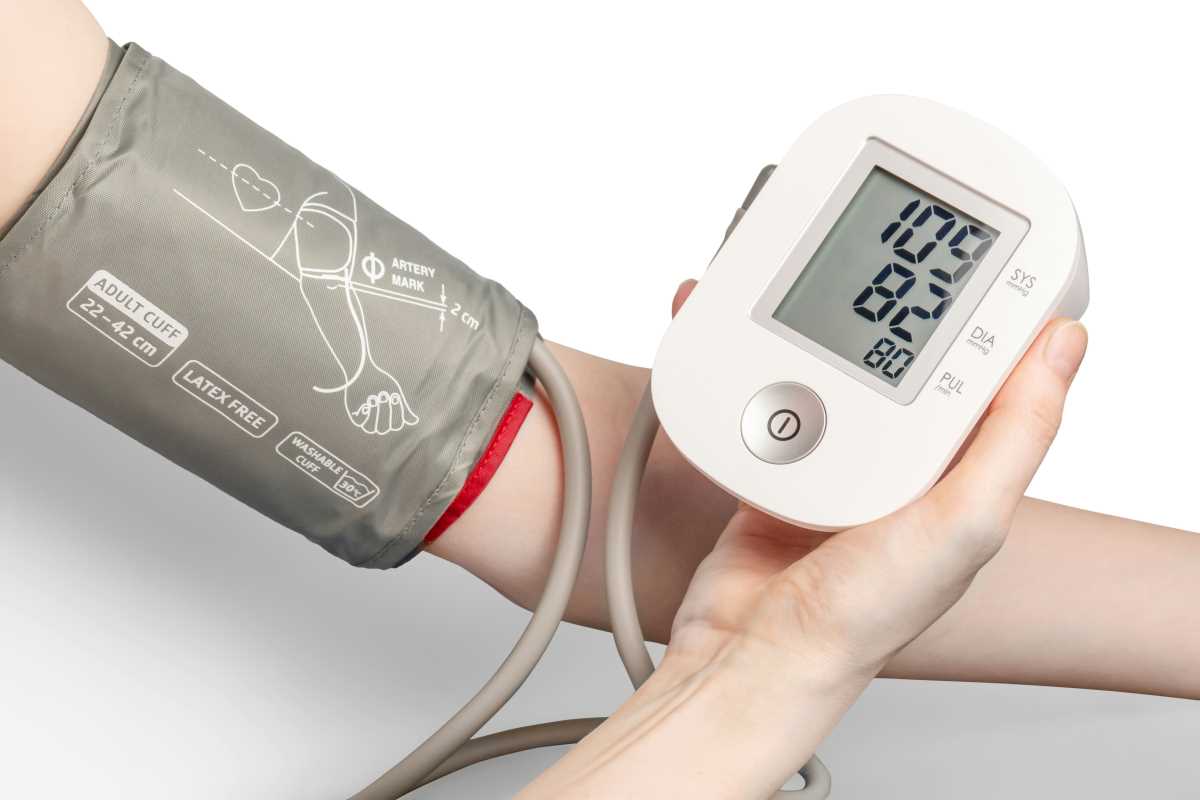If you've ever rolled out of bed and felt like someone stabbed your heel with a knife, you might be dealing with plantar fasciitis. Don't worry – you're not alone, and you're definitely not imagining things. That sharp, burning pain is real, and it's your foot's way of telling you something's not right.
Plantar fasciitis happens when the thick band of tissue on the bottom of your foot (called the plantar fascia) gets inflamed or irritated. Think of it like a bowstring that's been pulled too tight for too long – eventually, it gets sore and angry. The good news? You can fight back with some practical strategies that don't require a medical degree or fancy equipment.
Whether your pain pops up first thing in the morning or after standing on your feet all day, these tips are for you. Let's break them down in plain English so you can get back to doing what you love – without grimacing every time you take a step.
1. Stretch It Out (Seriously, This Works)
Here’s the deal: tight calf muscles and a stiff Achilles tendon are often enemies of happy feet. When those areas are tight, they yank on your heel bone, which can stress out that poor plantar fascia. The solution? Regular stretching.
Try this easy stretch before you even get out of bed. Sit up, point your toes toward your shin (like a reverse toe point), and hold for 10 seconds. Repeat 10 times. This gently wakes up your foot and helps prevent that lightning bolt of pain when your feet first hit the ground.
Don’t forget about the classic runner’s calf stretch: Stand facing a wall, place your hands on it, and step one foot back with the knee straight and the heel flat. Lean forward until you feel a gentle stretch in your calf. Hold for 30 seconds, then switch sides. Do this a few times a day. It loosens things up and sets you up for fewer nasty surprises.
2. Roll Away the Pain
A great trick for instant relief is to massage your foot with something round and firm. Grab a tennis ball, lacrosse ball, or even a frozen water bottle. Roll it under your arch for 5-10 minutes, especially after activity or anytime your foot is barking at you. This helps break up the tight tissue, eases knots, and increases blood flow to the area (which helps healing).
Bonus: If you use a frozen water bottle, you get the double-whammy of massage and ice therapy. Perfect if you’ve just gotten home from work and want to decompress while watching the game.
Real talk: Your first time doing this may be a little uncomfortable, especially if your foot is sore. But stick with it – over a few days, most guys notice serious improvement.
3. Ice Is Nice (When Used Right)
Ice is versatile and easy to use. Whenever your heel is aching – after a long day on your feet or a workout – slap on an ice pack for 15-20 minutes. This helps reduce inflammation and numbs the pain.
If you don’t have a fancy ice pack, a bag of frozen peas works just as well. Remember, don’t put ice directly on your skin – use a towel or cloth barrier. Go easy with ice; once or twice a day is plenty enough to avoid frostbite, but just right to soothe your aggravated foot.
Pro tip: Ice after any activity that seems to set off the pain. Over time, you’ll notice less swelling and discomfort.
4. Get Shoes That Actually Support You
A lot of us hang onto old shoes for way too long. After all, they’re broken in, right? But those worn-down sneakers or loafers could be doing real damage to your feet, especially if they’re flat, lack arch support, or are so thin that you can feel every pebble on the sidewalk.
Here’s what to look for in good shoes:
- Arch support: This supports the plantar fascia and takes the pressure off your heel.
- Cushioned soles: A good thick sole helps absorb the shock with each step.
- Slight heel: A small lift (think: running shoes or casual dress shoes) is often better than going totally flat.
- Wide toe box: Your toes need space to move; cramped shoes can worsen the problem.
If you work on your feet all day, talk to your local running store or specialty shoe shop. The right pair of shoes can make a world of difference – you might even notice the pain dropping within days.
5. Consider Shoe Inserts
Over-the-counter arch supports and insoles are easier to find than ever. You can pick them up at drugstores, big box retailers, or online. Look for options marked for “plantar fasciitis" or “arch support.” These inserts help distribute your body weight more evenly and reduce pressure right on that sensitive part of your heel.
You don’t need to splurge on custom orthotics right away. Many people find relief with basic inserts, and you can always upgrade later if needed. If an insert feels uncomfortable after a couple of days, try a different brand or style – every foot is different.
6. Watch Your Weight
Your feet take a pounding every day – even more so if you’re carrying around extra weight. Each pound puts additional stress on your plantar fascia. Losing just 10 pounds can take a measurable load off your feet, helping speed up recovery while making you feel better overall.
You don’t have to go all-in on a crazy diet to make a difference. Small changes, like cutting out sugary drinks, taking the stairs, or walking a little more each day, can add up. Plus, if you’re less sore, you’re more likely to keep moving – a win-win.
7. Mix Up Your Exercise Routine
Let’s be honest: A lot of plantar fasciitis pain comes from overdoing it, especially with high-impact activities like running, basketball, or even hiking. Your feet need a break to heal, so try switching to low-impact workouts for a while.
Swimming, cycling, and using an elliptical machine are great choices. They help maintain your cardio and leg strength while giving your plantar fascia a much-needed rest. If you really don’t want to skip your runs, keep them short and soft (think: running on grass, not concrete).
And don’t feel bad about taking it easy – you’ll come back stronger and with less pain if you give yourself time to recover.
8. Try Night Splints
Night splints aren’t exactly stylish, but they can be surprisingly effective. They keep your foot gently flexed while you sleep, so the plantar fascia can’t tighten up and shorten overnight. It’s that overnight shortening that makes those first morning steps so painful.
You can find night splints online or in medical supply stores. They might be a little awkward at first – most guys aren’t used to sleeping in gear – but many people say it’s worth the adjustment. Give it a week or two to see if your pain eases up in the morning.
9. Take Anti-Inflammatories Wisely
Pain and swelling are signs your body is working hard to heal, but sometimes you need a little relief. Non-steroidal anti-inflammatory drugs (NSAIDs) like ibuprofen or naproxen can help. Follow the instructions on the package, and don’t use them as a crutch – you’re treating the symptoms, not fixing the cause.
If you have any conditions (like ulcers or blood pressure issues), double-check with your doctor before making NSAIDs a habit. Taking these medicines for a few days can get you over the hump when the pain is worst, especially if you have a big event or trip coming up.
10. Know When to See a Pro
Let’s face it: Sometimes home remedies only get you so far. If you’ve checked all these boxes for at least 6 to 8 weeks and are still limping around, it’s time to call in a professional. A podiatrist or physical therapist can check your feet, watch how you walk, recommend custom orthotics, and prescribe targeted physical therapy.
There are more advanced options like steroid shots or shockwave therapy (don’t try these on your own) when plantar fasciitis gets stubborn. The bottom line – don’t tough it out forever if you’re not making progress.
Plantar fasciitis can be a real pain – literally. But it doesn’t have to take over your life. Staying consistent with these tips, especially stretching, good support, and rest, can bring real relief. Remember: healing is a marathon, not a sprint. Give yourself time and some TLC, and don’t rush back to full activity until you’re ready.
 (Image via
(Image via





